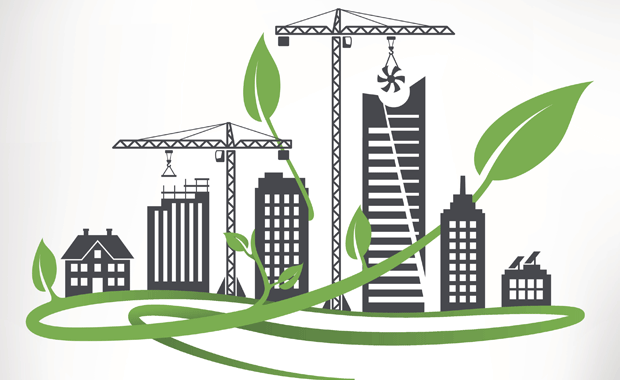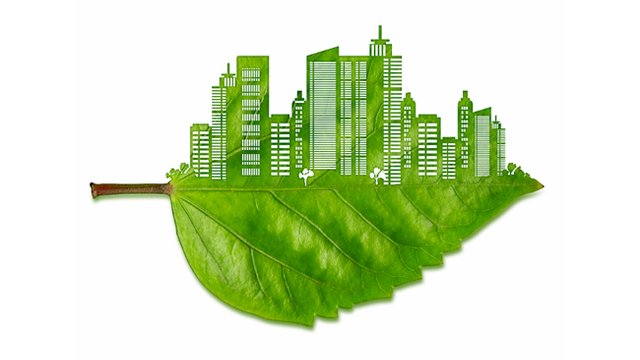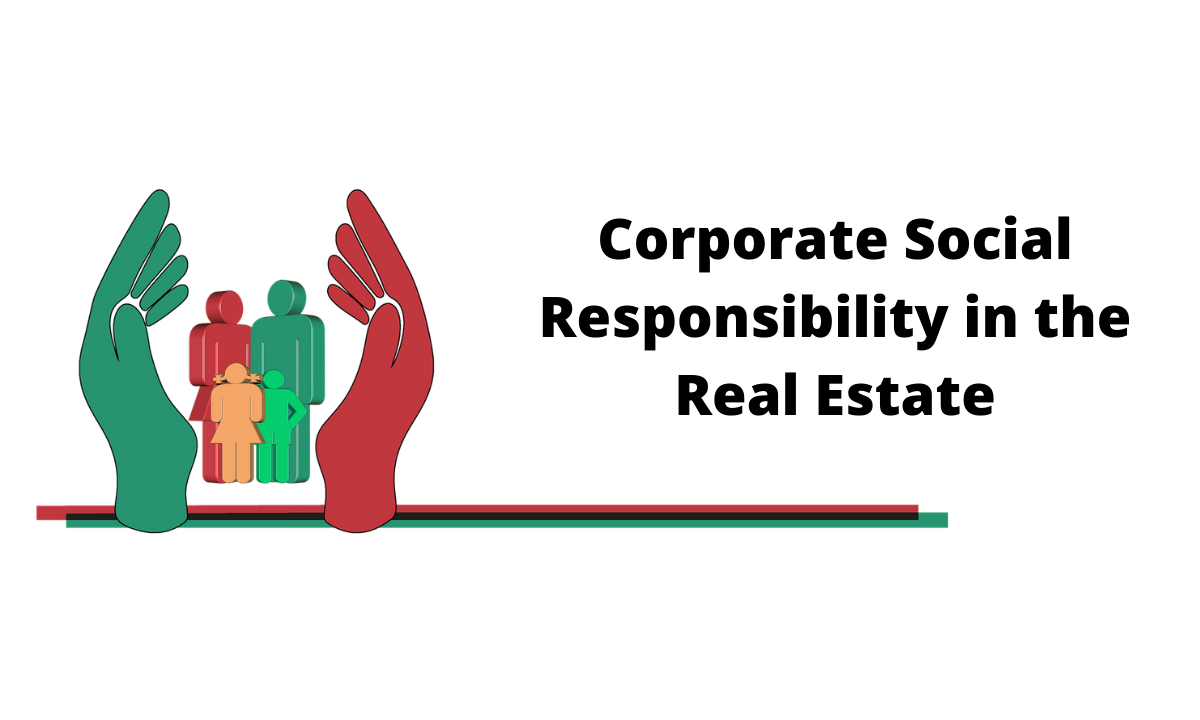Our nation is already on an ambitious drive to create nearly 100 Smart Cities and boost infrastructure development but concerns about the deadly environmental impact aren’t new and are increasing amongst the environmentally-conscious populace. Buildings account for nearly 50% of the world’s energy, one-sixth of fresh water and one-third of greenhouse emissions – At core Buildings Are Impacting Our Environment NEGATIVELY.
But, if developers adopt sustainable building practices and work towards creating sustainable community living which promotes a healthy and active lifestyle, things can be changed.
Rapid Real Estate Activities And Sustainable Building Practices – The Gap
There has been a significant increase in ‘green’ growth in the residential and commercial segment. But, the shift towards sustainable building still lags in our country this is due to a number of key challenges, let’s understand them:
http://sargeantstudios.net/?cat=8 1. High Capital Costs & Green Funds
According to a recent online poll conducted by AsiaGreenBuildings, High Capital Costs and Green Funds is one of the main challenge for green building development in Asia, followed by Market Awareness (16,7%), Resource and Skill Gap (5,6) and other (2,8%).
Most of the developers think adopting green features into their projects would mean high upfront costs. Compared to conventional building structures, green building projects are often perceived as having higher initial design and construction costs.
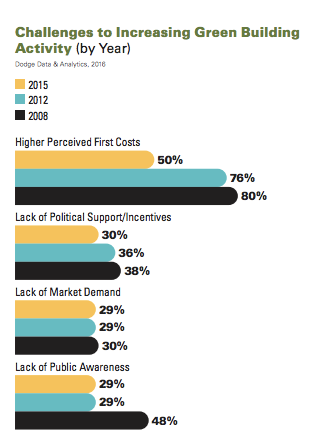
Lokoja 2. Green Certifications – Costly & Time Consuming
Since green certificates demand additional costs, most developers in India are reluctant to invest time and pay for the high costs related to green certification – even though in realism green infrastructure proves to yield significant benefits towards operational costs in the long run.
awkwardly 3. Supply Gap
At the moment, many Indian developers understand that green certification can attract more customers and investors, hence they are actively aligning themselves with green concepts. Even then, the market demand is quite low, there is still a definite need to create a broader spectrum of consciousness among the end-users.
Flensburg 4. Market Awareness
A report from Dodge Data & Analytics and United Technologies Corporation and the World Green Building Council found that lack of public awareness is considered to be among the first obstacles in developing the green building market in India. The gap is quite significant, inadequate awareness and knowledge of the benefits of green building construction are incapacitating all the stakeholders. What Makes Green? – This question needs to be answered well by each stakeholder.
5. On The Banking Front
Another hole is on the banking front. Bank loans play an integral role in the property market, hence unless bankers and lending agencies are trained on the benefits and importance of green real estate and insist on such features, awareness, and traction of sustainable properties will not increase much.
6. Resource & Skill
Shortages of green skills have become a major constriction to building green structures. One of the main reasons for labour shortages is that skill requirements change with the advancement in technologies and practices, this means previous skill sets are no longer adequate. The gap is ever increasing.
7. Affordability
In a country where energy supply is short and savings from energy consumption is the need of the hour, a green building fits best in the situation – Basically, Green Building is a necessity, the lacuna here is to deliver this necessity at a cost that does not pinch the buyers.
Indisputable Benefits of Green Buildings
Sustainable Real Estate practices present India with this unique prospect to make tangible progress in the country’s effort to improve its environment. Green building concepts, when implemented to the required extent and intent, will help save water through rainwater harvesting and recycling of wastewater, and in obtaining benefits from the water-energy relationship.
Green buildings are also an answer to the major concern area of waste disposal in most Indian cities. Our country is already facing a decrease in the availability of landfill sites, green buildings with their integrated waste disposal and recycling systems can contribute significantly towards decreasing dependence on them.
Benefits Of Adopting Sustainable Building Practices
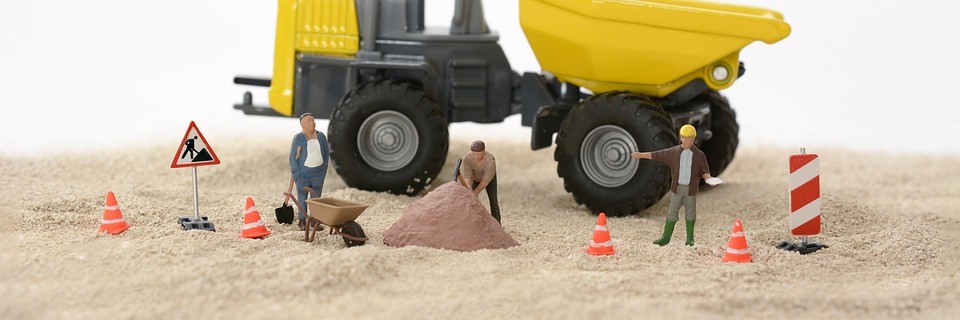
1. Operations
The operation stage is the most important phase of sustainability in real estate. Keeping in mind the fact that, the life of a building can be decades or centuries, but during that lifespan how is the building going to operate? And how much energy will it consume to function properly?
Thoughtful monitoring, aggressive management, and new technology offer cost-saving opportunities in building structures. While these benefits might not be evident immediately but prove out to be extremely beneficial in the long run.
2. Increasing Community Acceptance = Good Reputation
Real estate being one risky business often imposes this stagnant jeopardy of getting a project out-of-the-ground and completed. Sustainable building practices can increase the chances for your project to surpass this risk as Green Building are gaining traction and there is an upsurge in community acceptance. Also, when your project provides social and environmental benefits, it brings in good and enhanced reputation for your business.
3. Hassle Free Renting / Leasing & Retention
Sustainability building strategies have obvious benefits here. These days tenants prefer green space, this also means green space leases faster, and sometimes for higher rents too. In fact, holding tenant also becomes easier, sustainability creates value by keeping tenants happy and increases retention rates.
4. Sale
The ultimate and typically the most significant one, it’s a milestone for each developer when it’s time to sell the asset. Greater design, lower operating costs, and better leasing features help sustainable assets appreciate faster than conventional properties and chances for these properties to sell are even higher.
Read More: How to sustainably enhance the life cycle of buildings in India
Final Thoughts
The population growth in most parts of the urbanized and urbanizing world is surpassing the areas’ and ability to accommodate it. Unsustainable growth unavoidably leads to environmental changes which, if cannot actually be totally reversed, should at least be slowed down. Now, the responsibility of reducing environmental degradation to an extent falls on the shoulders of a sustainable real estate.
Curated by editor at Wienerberger India
Like this story? Or have something to share? Write to us: gosmartbricks@gmail.com or connect with us on Facebook and Twitter.


